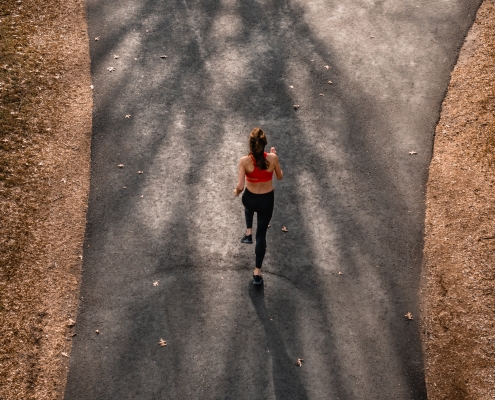
Exercise During Difficult Times May Have Prolonged Positive Effects on Mood and Stress
During periods of stress, many of us forgo exercising and indulge…

Healthy Lifestyle Habits Have Positive Effects on Mental Health
This review article clearly highlights the importance of healthy…

Now Might Be the Time to Add Mindfulness Activities in Your Daily Routine
The beneficial effects of yoga, meditation and mind-body health…
